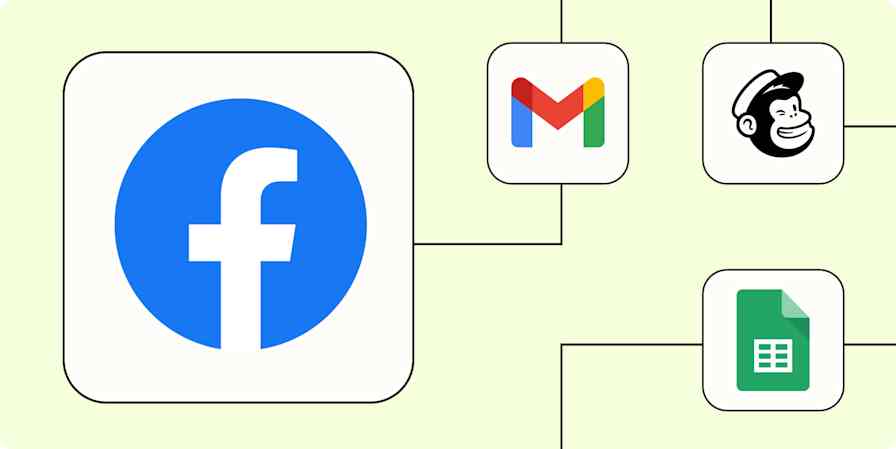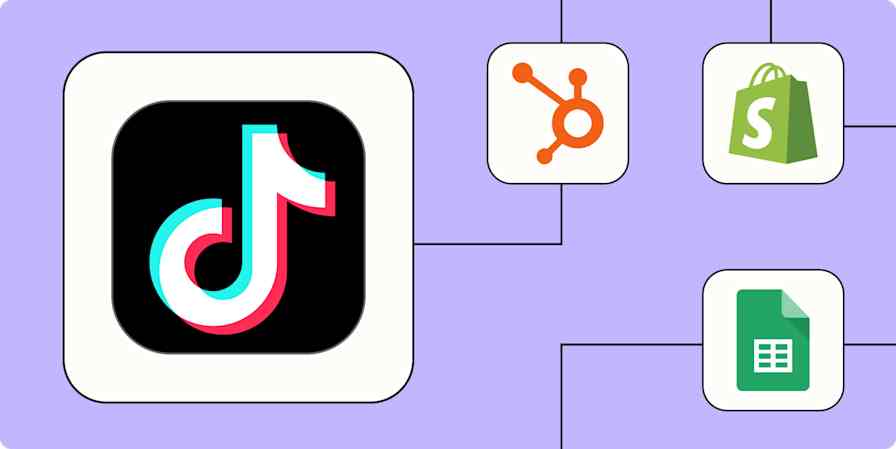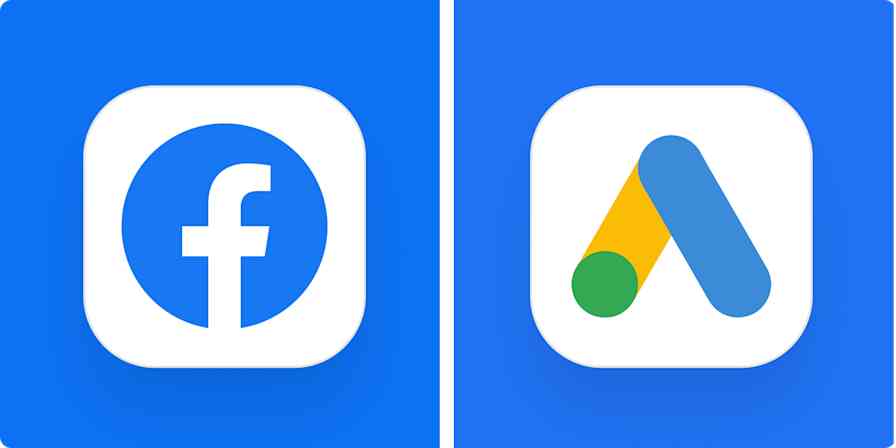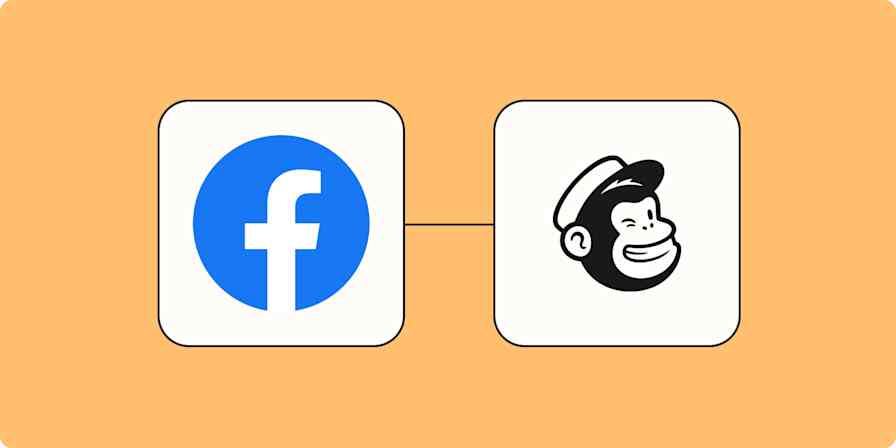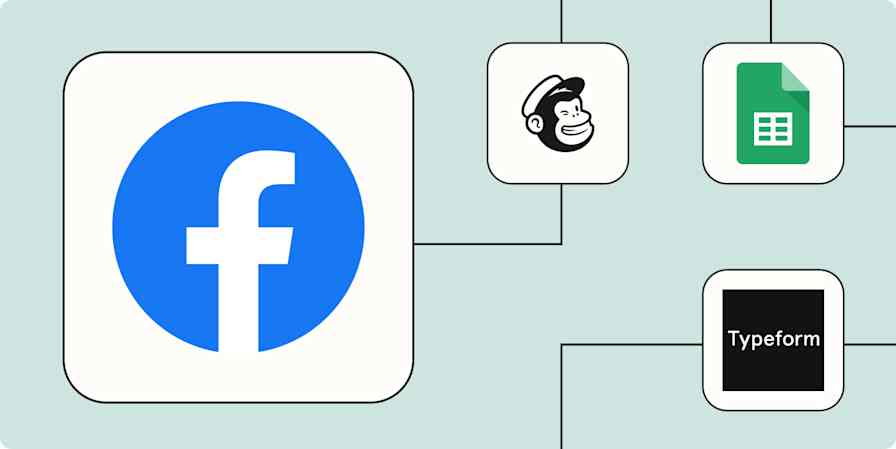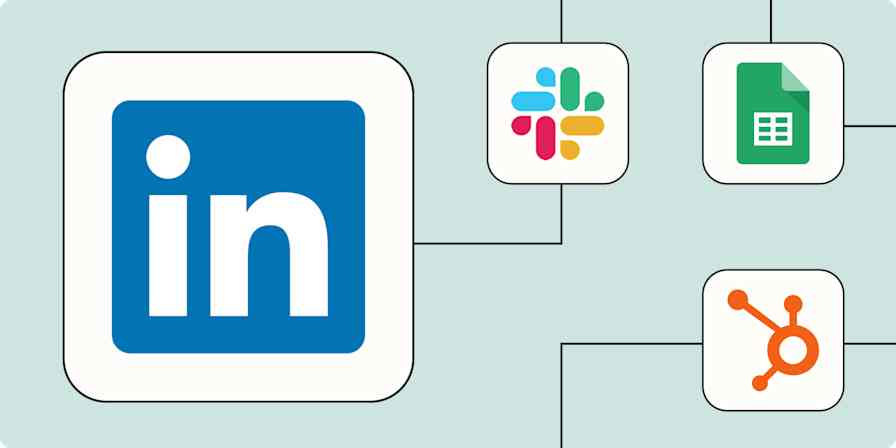App tips
5 min readHow to use Google Ads lead forms
How you can capture more leads with Google Ads—and automate follow-up tasks
By Allisa Boulette · October 9, 2024
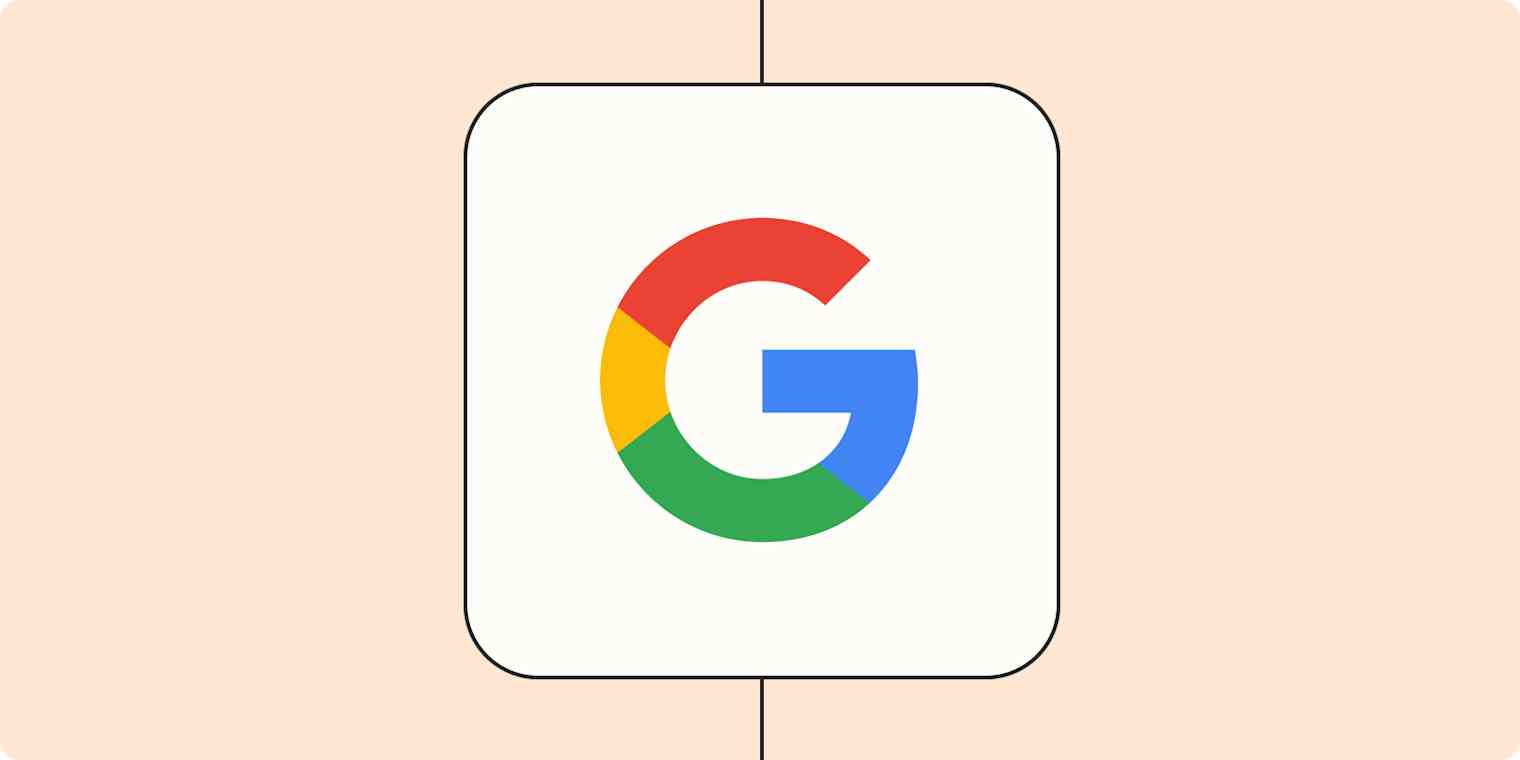
Get productivity tips delivered straight to your inbox
We’ll email you 1-3 times per week—and never share your information.
tags
mentioned apps
Related articles
Improve your productivity automatically. Use Zapier to get your apps working together.



